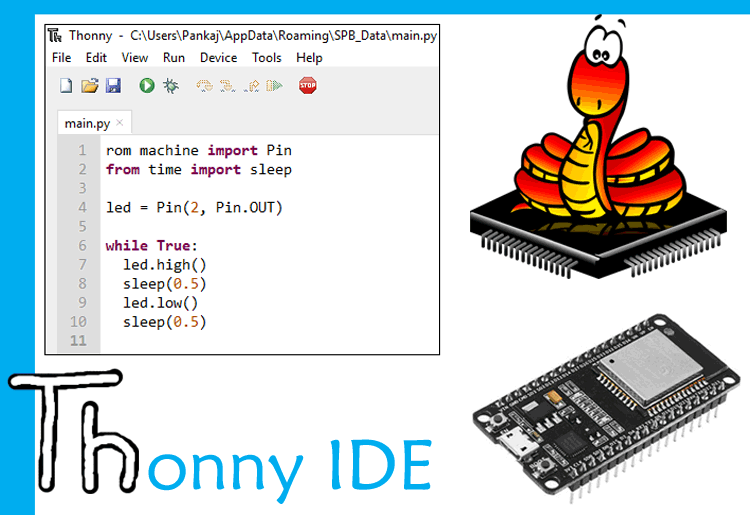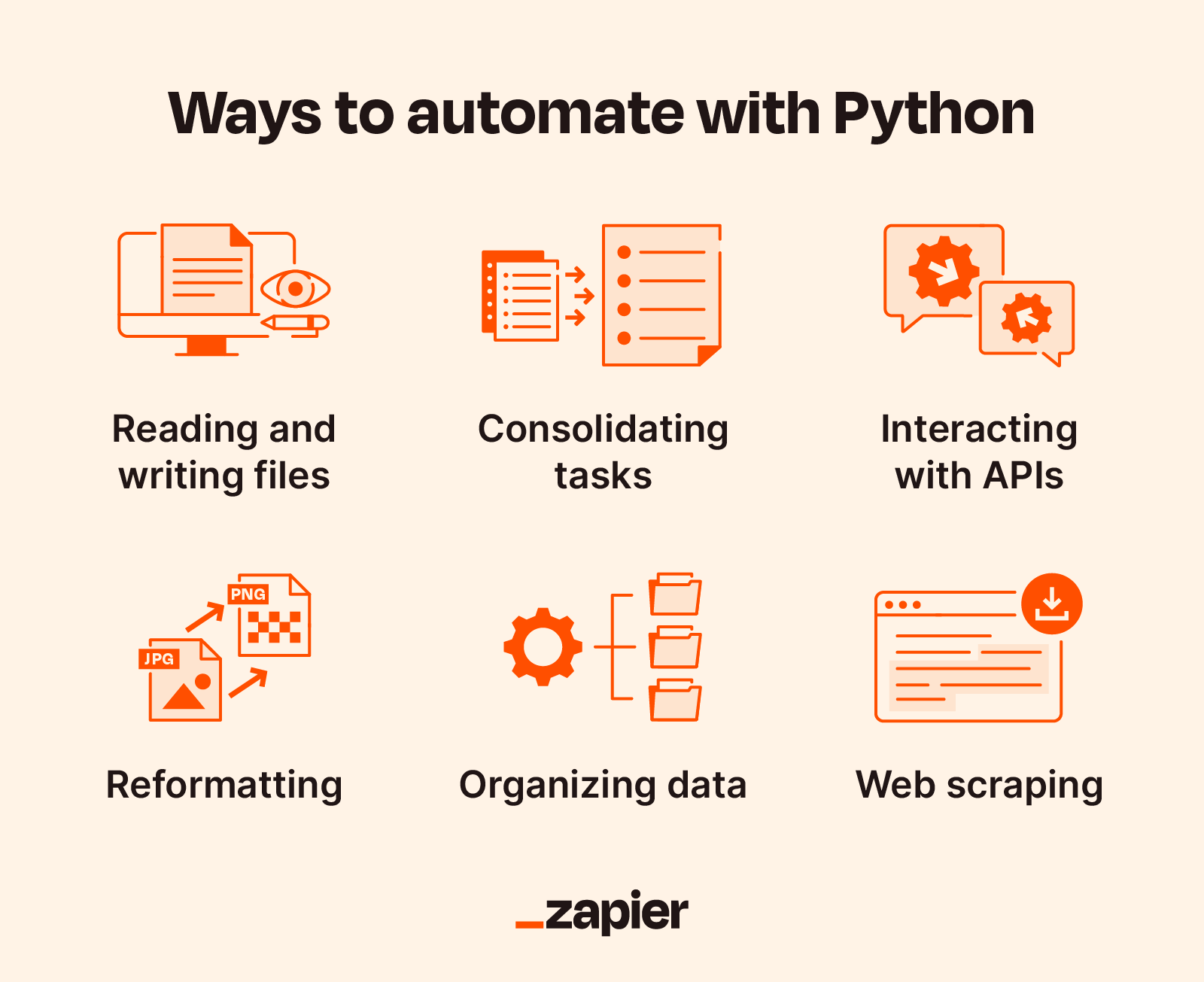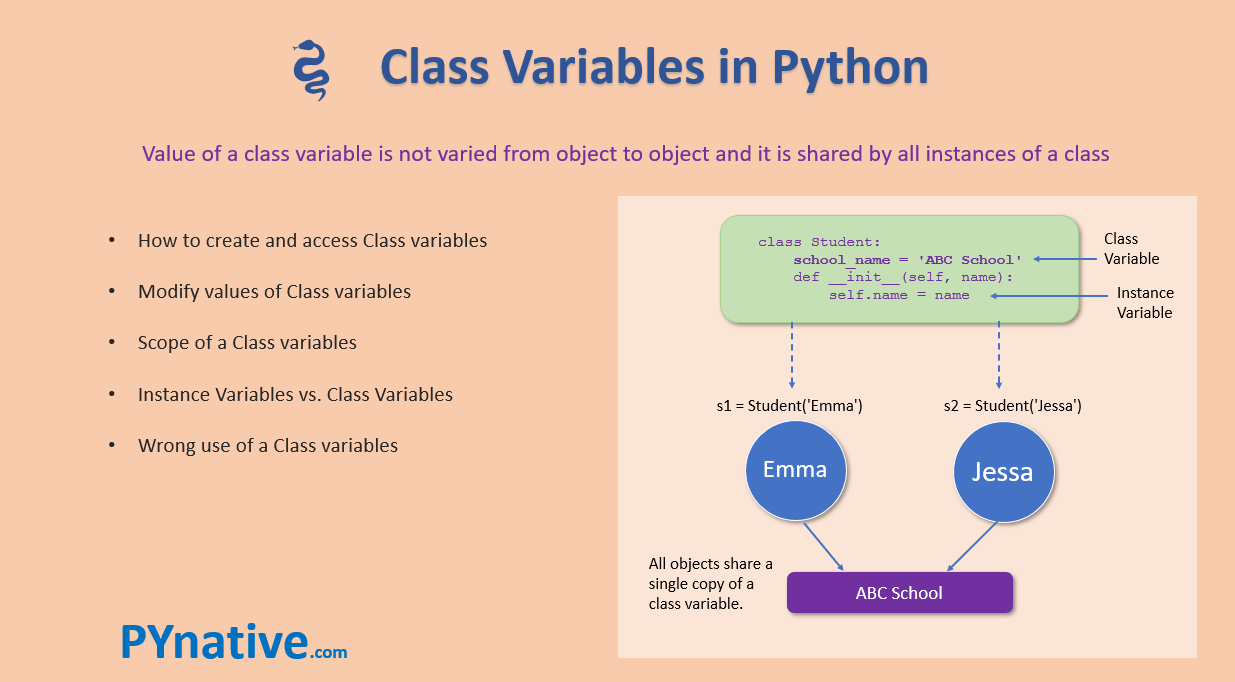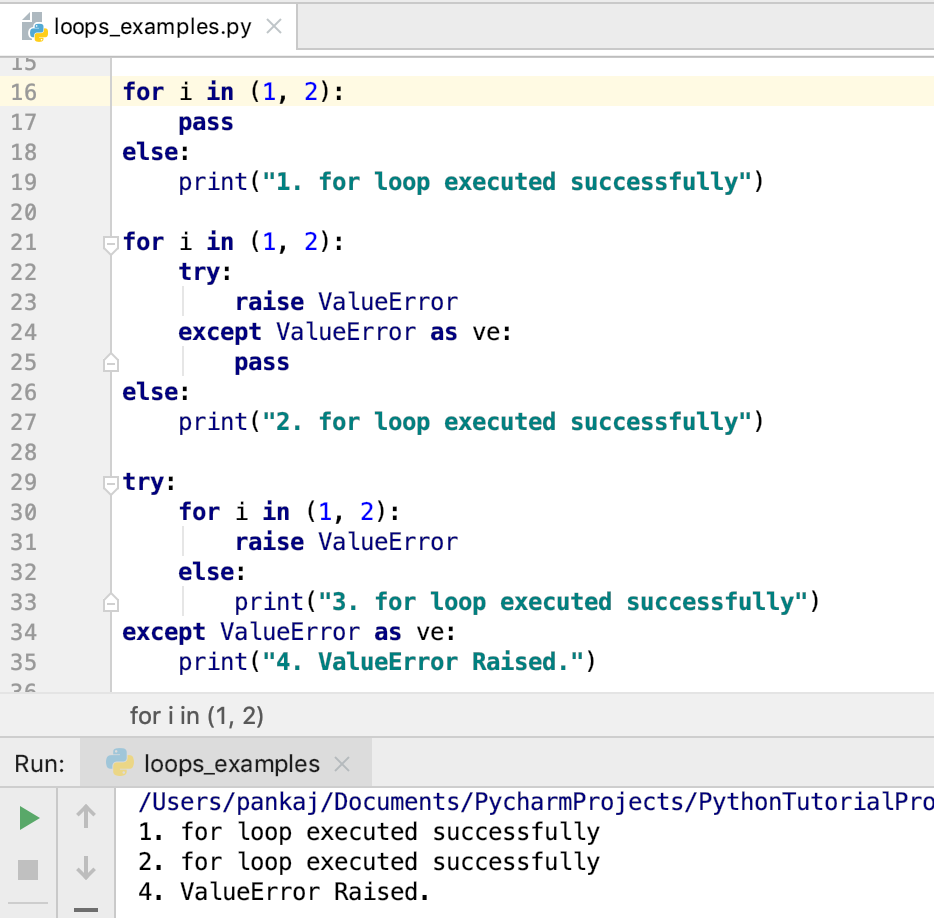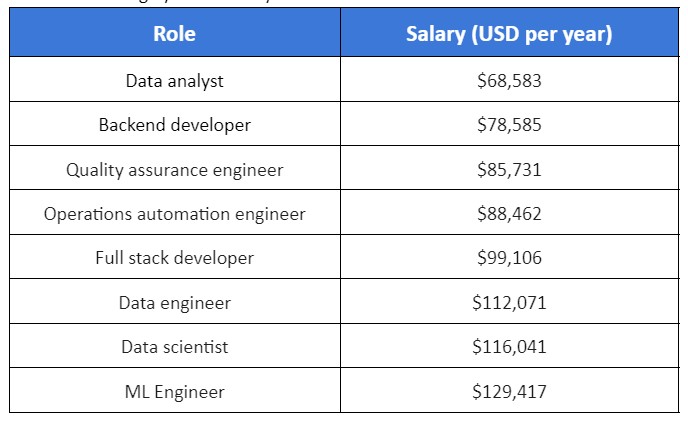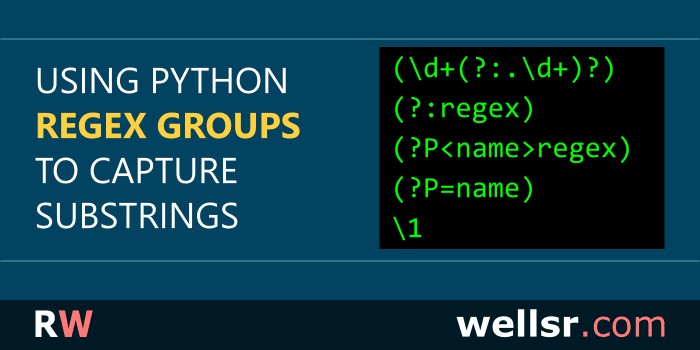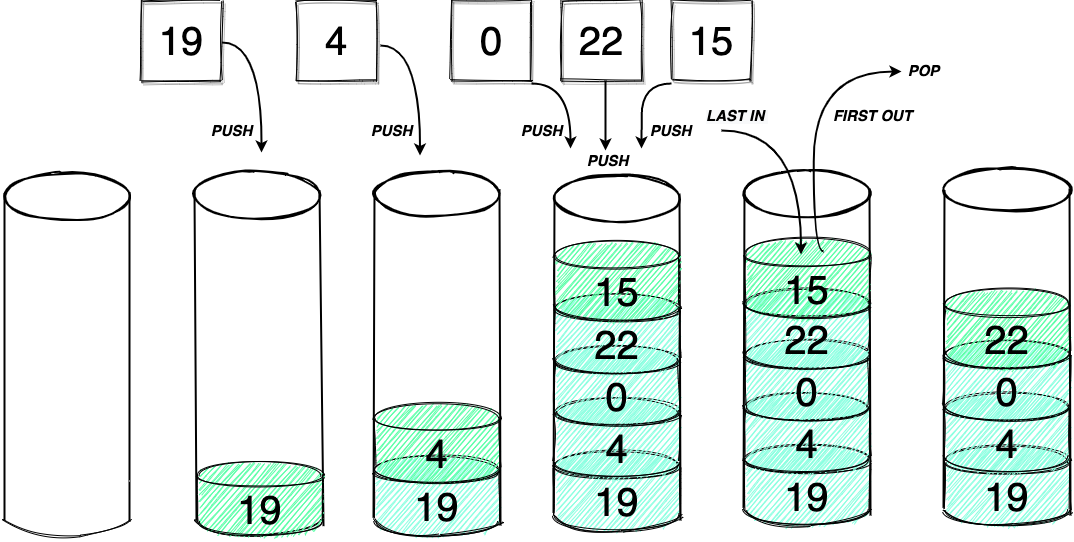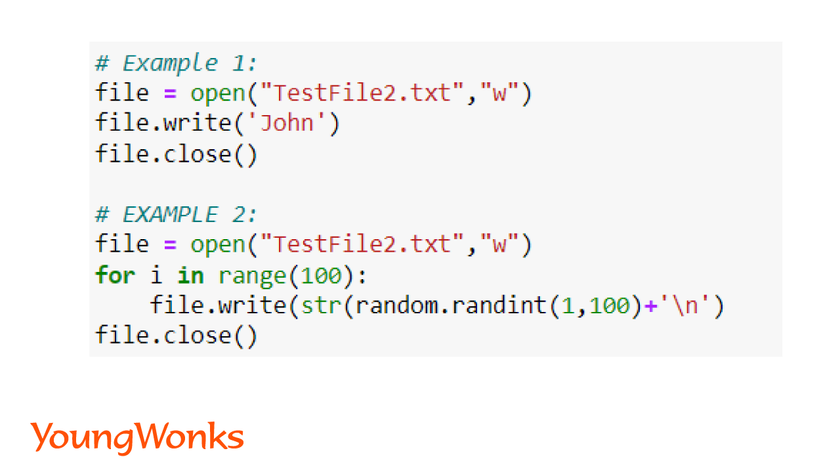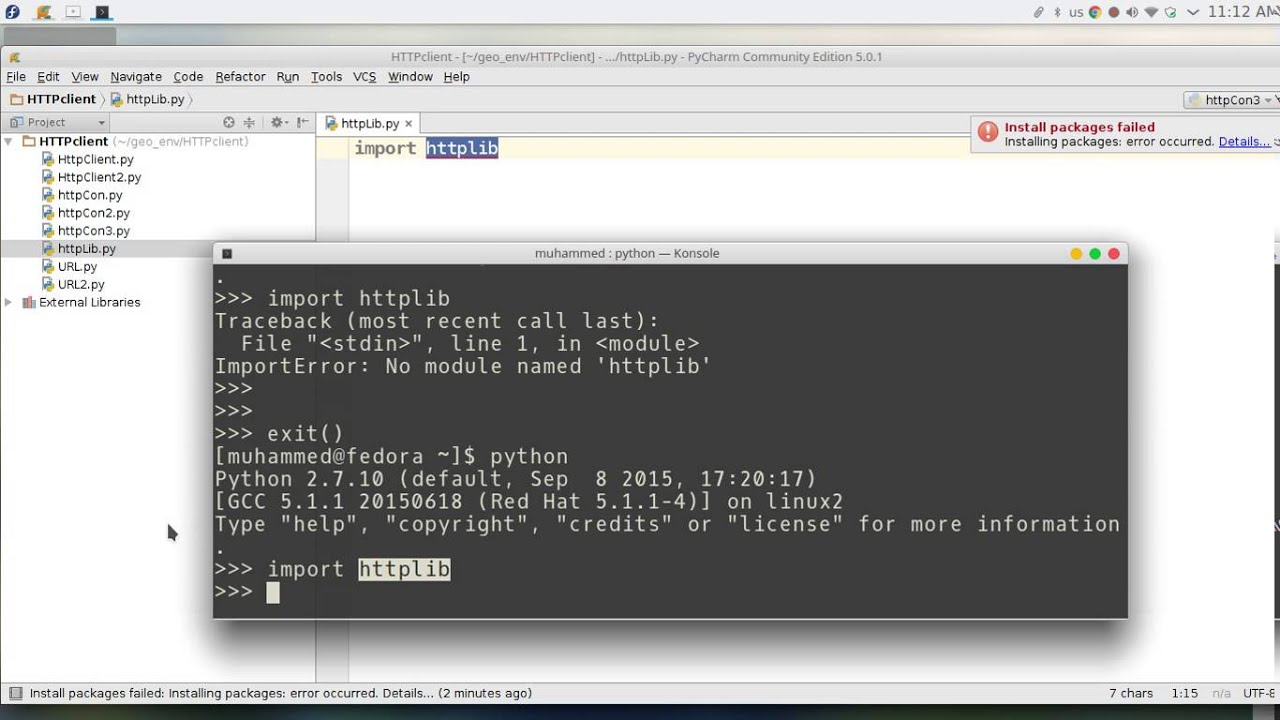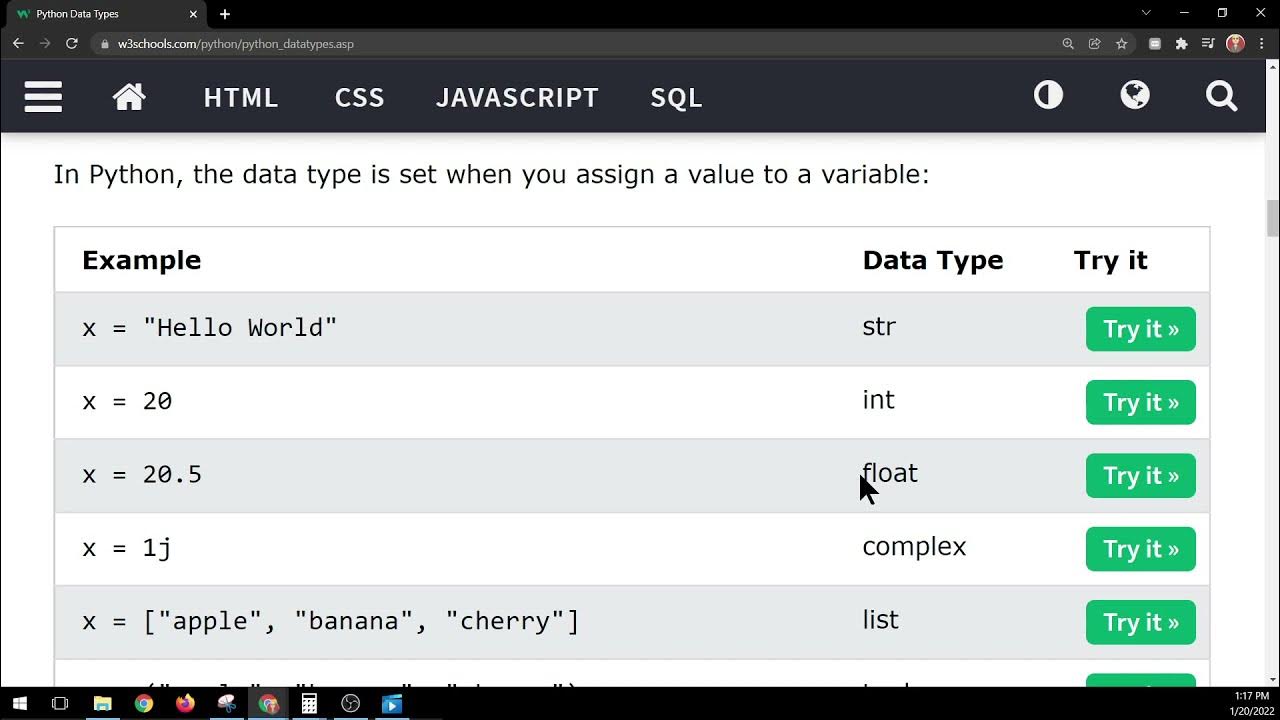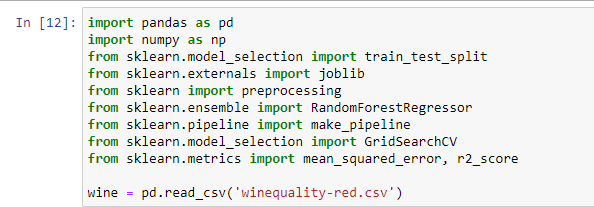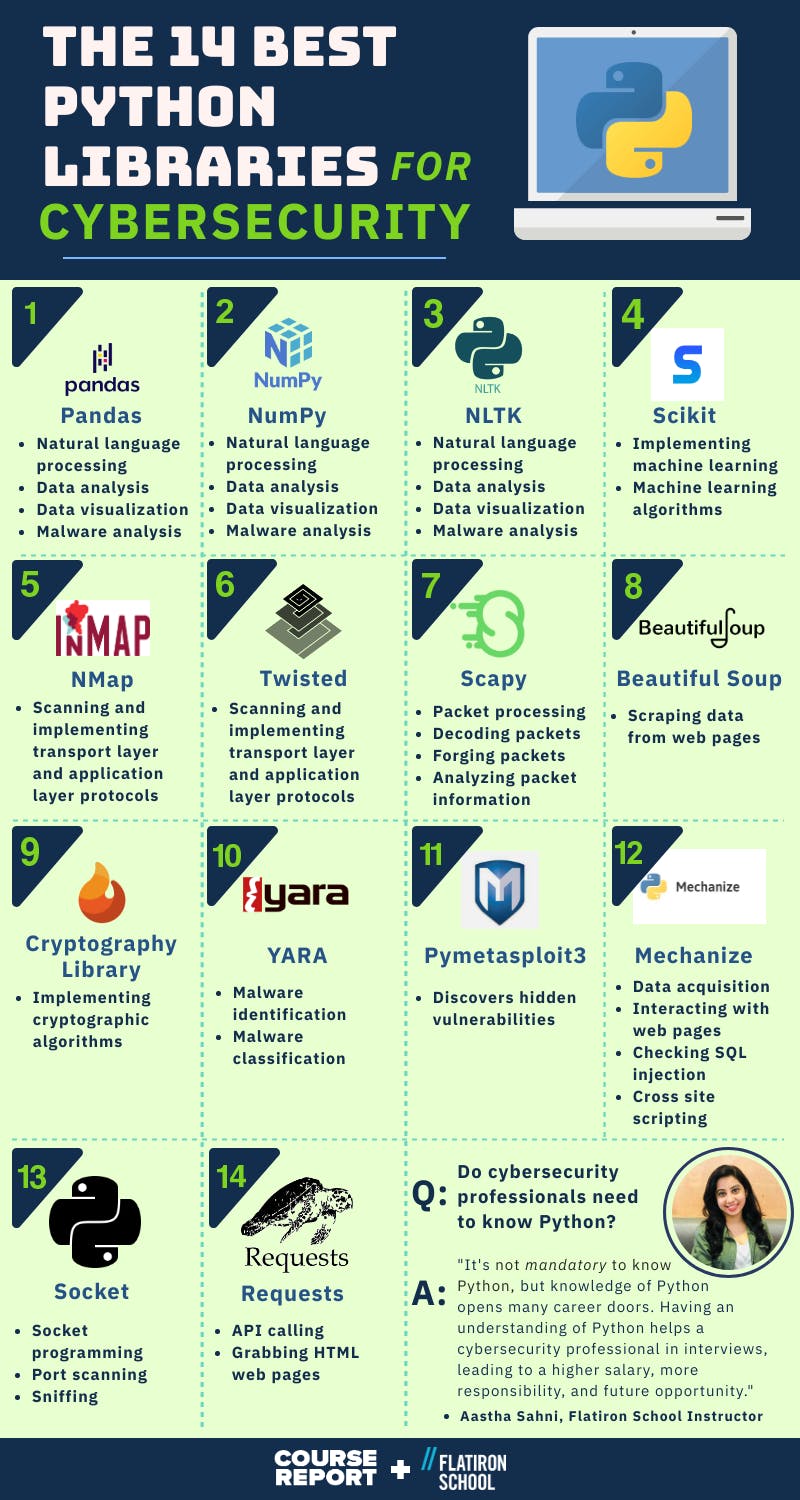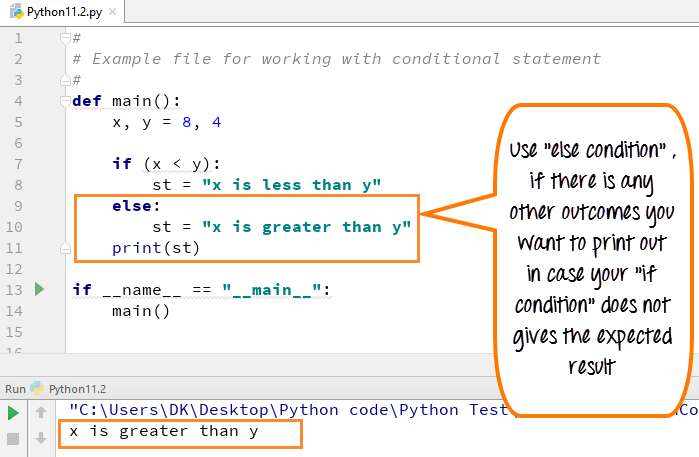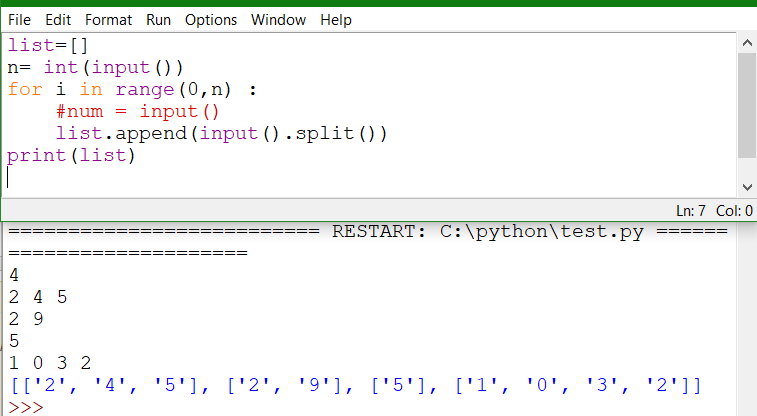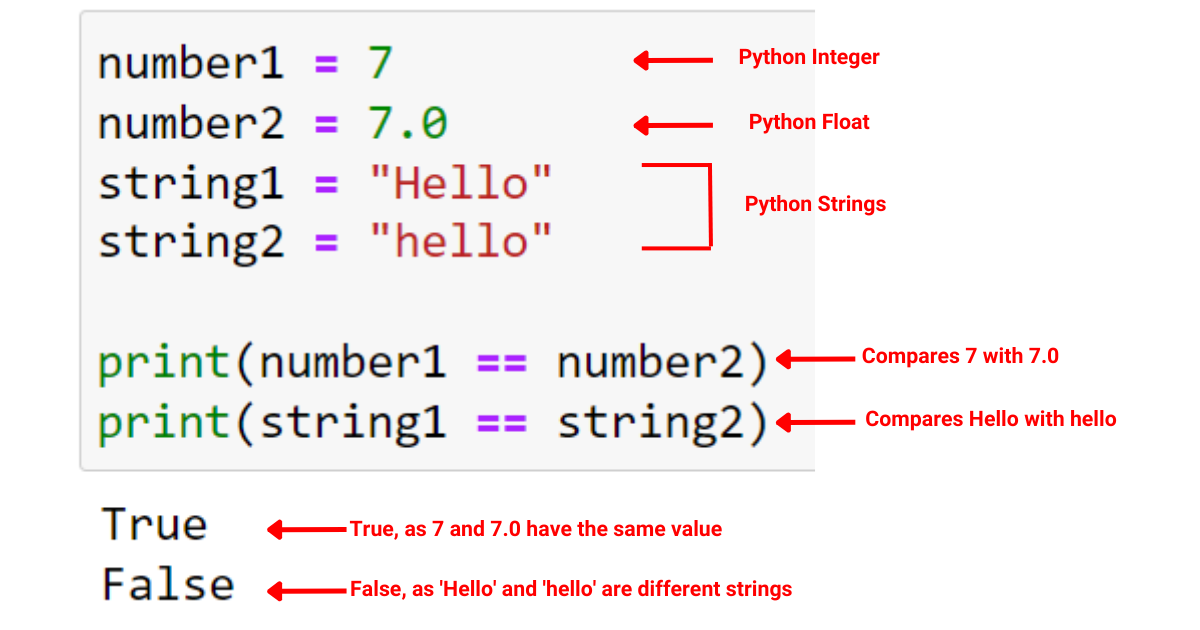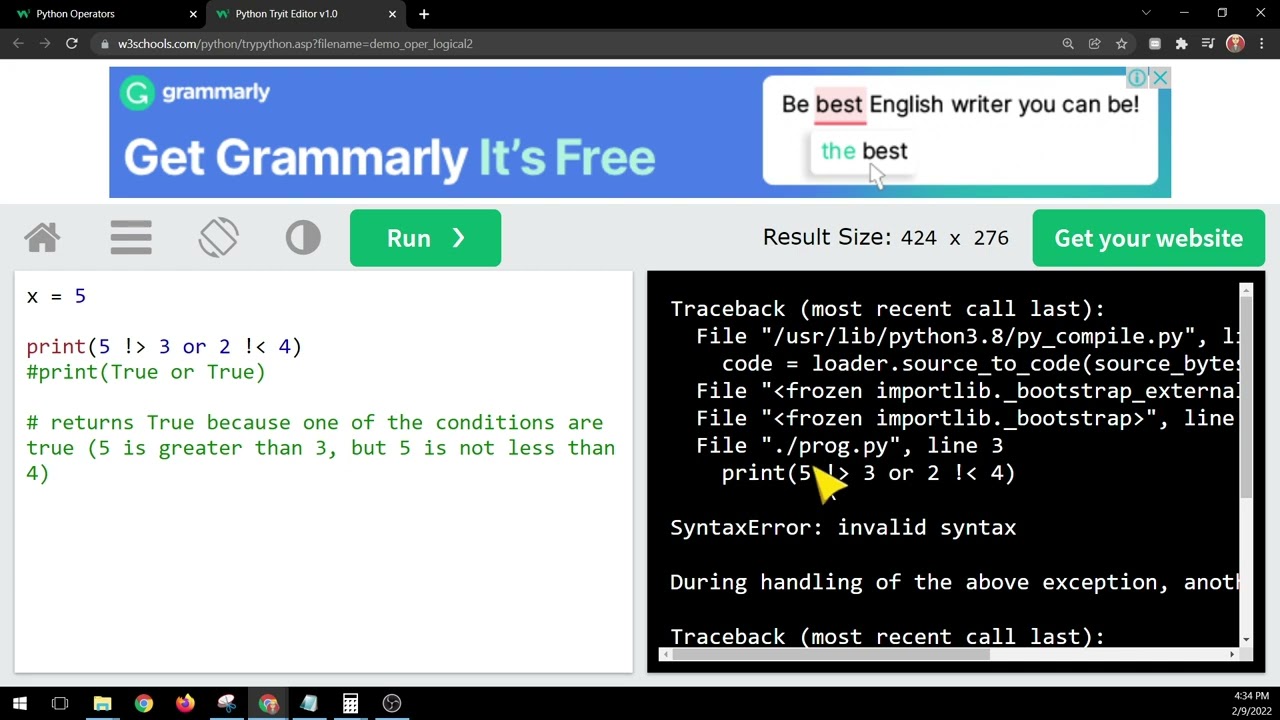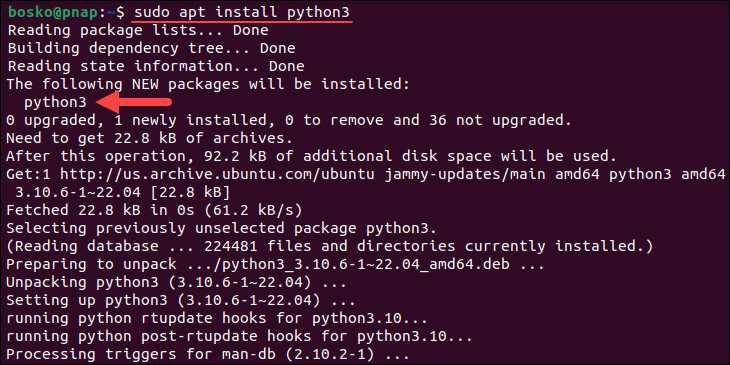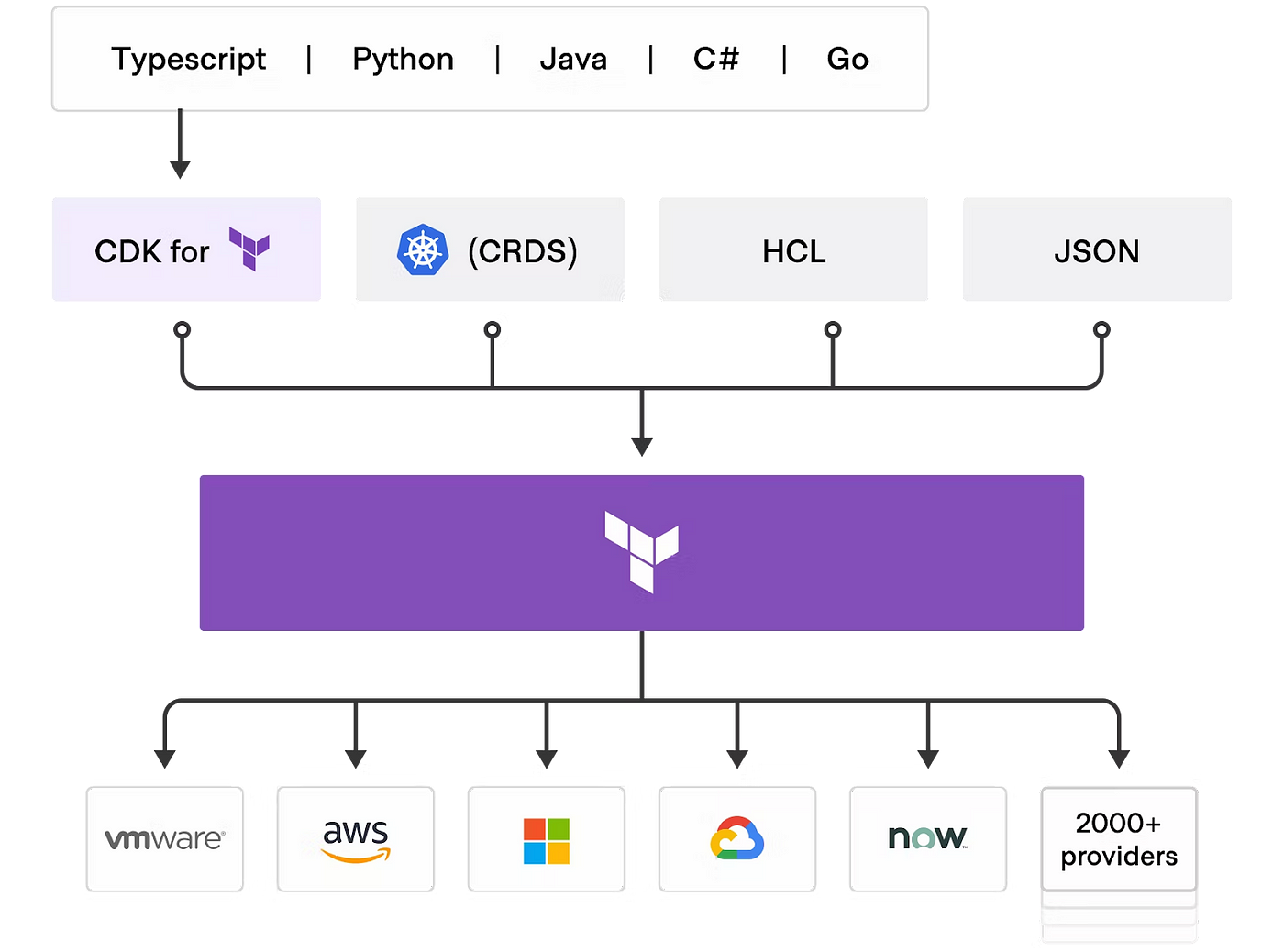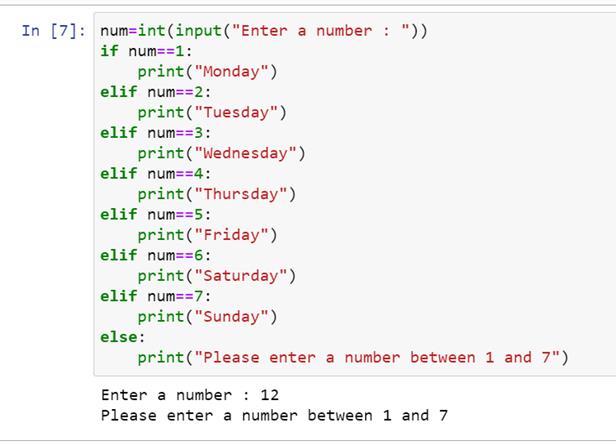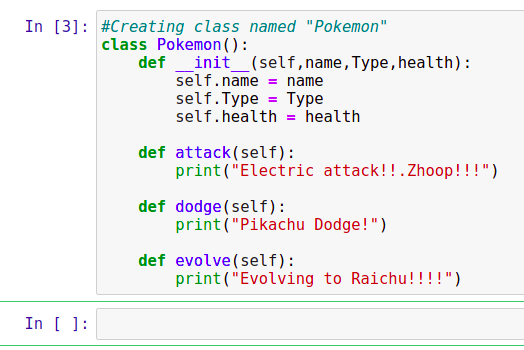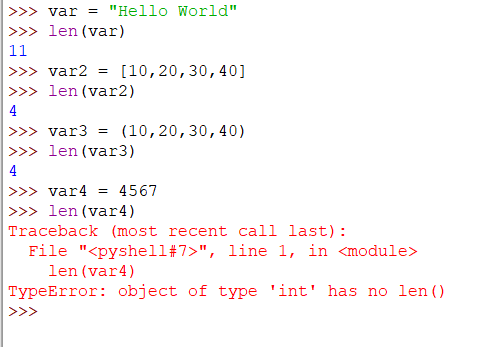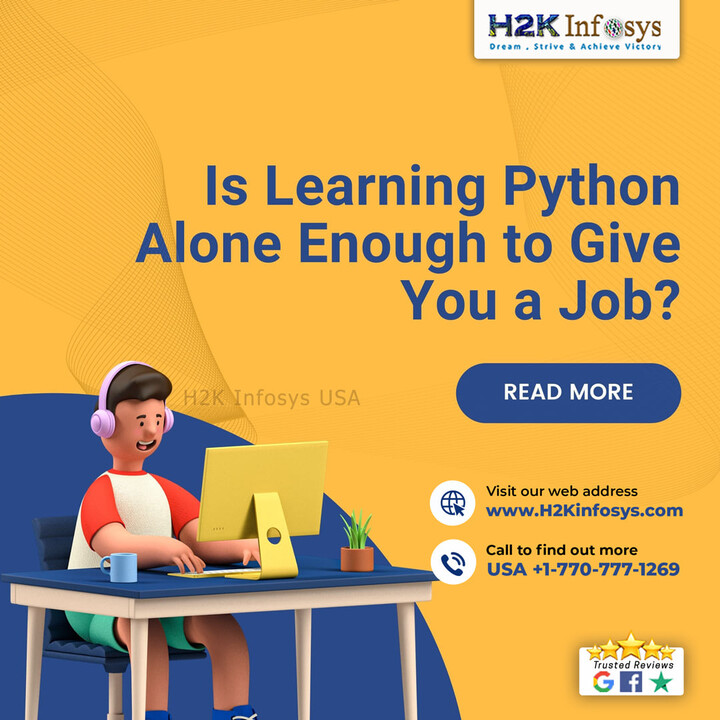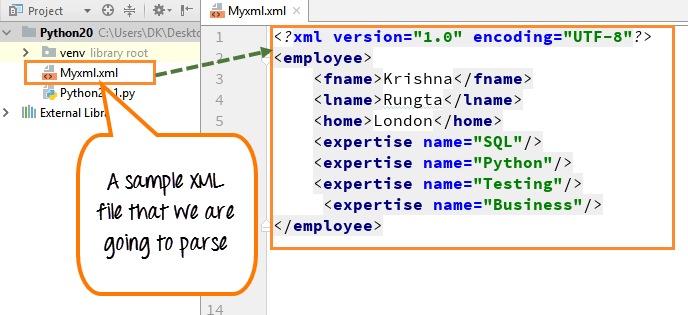Is Python a true programming language?
Is Python a true programming language?
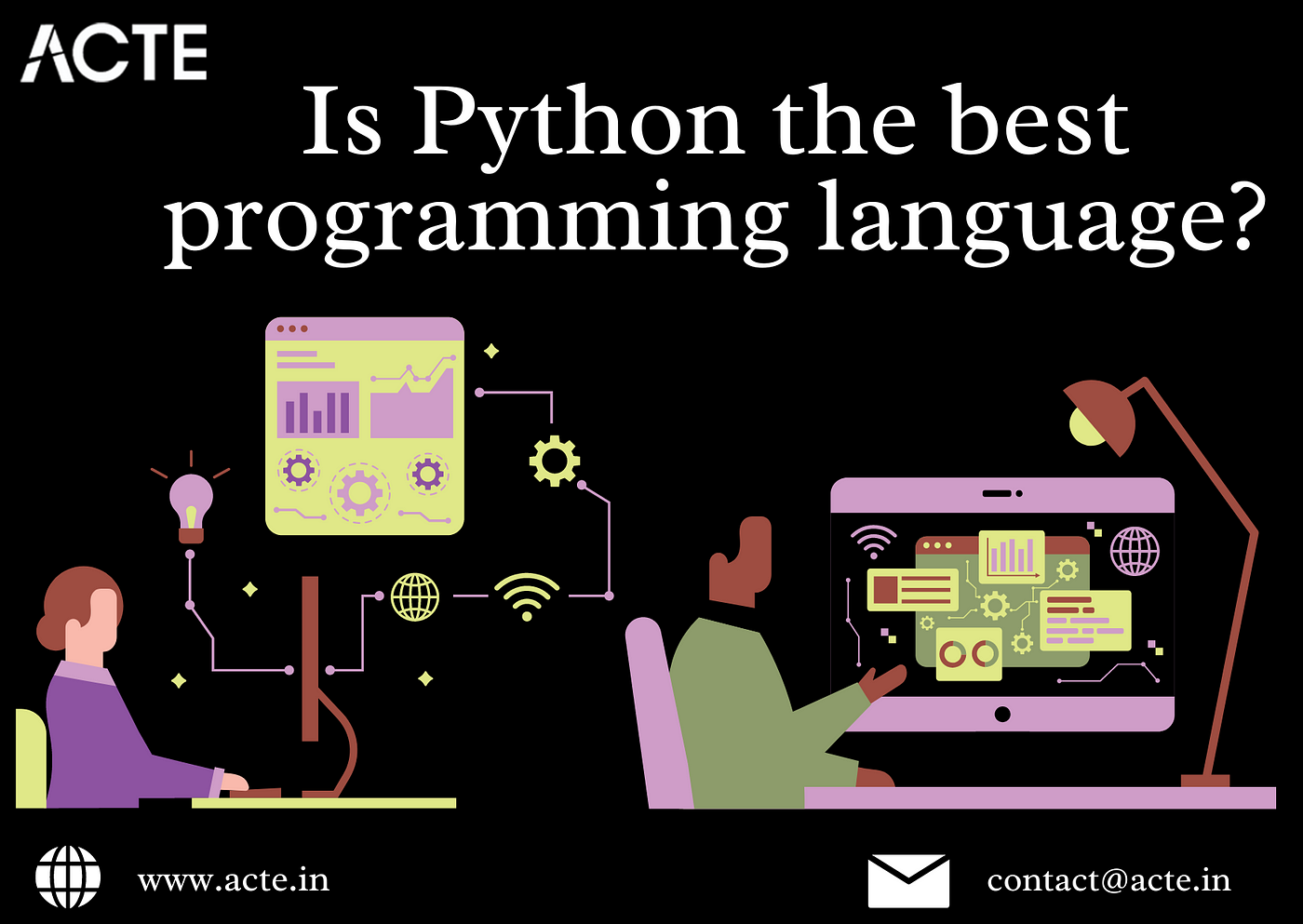
I'd be delighted to discuss this topic with you!
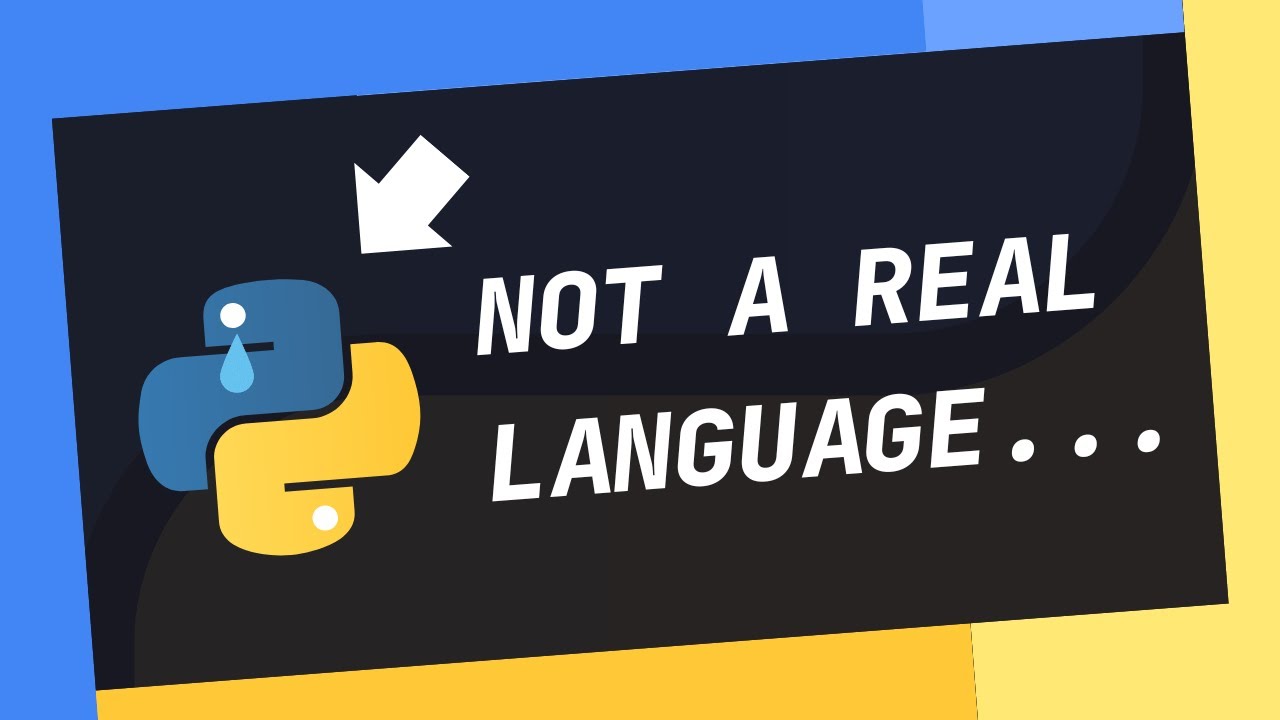
The question of whether Python is a "true" programming language has sparked controversy among programmers and computer science enthusiasts for years. The term "true" implies a set of standards or criteria that define what constitutes a programming language. In this response, I'll explore the arguments for and against labeling Python as a true programming language.
Arguments For:
Syntax and Semantics: Python has its own distinct syntax and semantics, which are essential characteristics of any programming language. It follows a clear structure, with indentation playing a crucial role in organizing code. The language's syntax is well-defined, making it easy for developers to write, read, and maintain their code. Programmability: Python can be used to solve problems, implement algorithms, and develop software. Its built-in data types (e.g., lists, dictionaries), control structures (e.g., if-else statements, loops), and functions make it an effective language for programming. Platform Independence: Python's cross-platform compatibility is a testament to its true programming language status. You can write Python code on one platform and run it seamlessly on another, making it a versatile choice for development.Arguments Against:
Scripting Nature: Some argue that Python is more of a scripting language than a full-fledged programming language. This perspective stems from the fact that Python was designed as an interpreter-based language, where you write code in plain text and execute it directly without compiling. Lack of Low-Level Control: Critics claim that Python lacks direct control over hardware or system-level resources, which might limit its ability to interact with specific hardware components or optimize performance for high-performance applications. Interpretive Nature: Another criticism is that Python's interpretive nature can lead to slower execution times compared to compiled languages like C++ or Java.In Conclusion:
While Python may not be the most powerful language in every respect, it undoubtedly meets many of the criteria we associate with programming languages. Its syntax, semantics, and programmability demonstrate a clear intent to facilitate software development. The fact that it can be used for various applications (web development, data analysis, scientific computing) only reinforces its status as a true programming language.
The notion that Python is not a "true" programming language largely stems from the comparison with compiled languages like C++ or Java. However, this ignores the unique strengths of Python's scripting nature and its ability to tackle specific tasks efficiently.
Ultimately, whether you consider Python a true programming language or a powerful scripting language is a matter of personal interpretation. What matters most is that it has become an essential tool for many developers, researchers, and innovators worldwide.
Is python a real programming language wikipedia
According to Wikipedia, Python is indeed a real programming language. Here's the relevant information from Wikipedia:
"Python is a high-level, interpreted programming language that is often used for web development, scientific computing, data analysis, artificial intelligence, and more. Developed in the late 1980s by Guido van Rossum, Python is now one of the most popular programming languages in use.
Design Principles
Python's design principles are centered around simplicity, readability, and ease of use. Some key features that contribute to these goals include:
Indentation: Python uses whitespace to define block-level structure, making code more readable. Dynamic Typing: Python is dynamically typed, meaning you don't need to declare variable types before using them. High-Level Abstraction: Python abstracts away many low-level details, allowing developers to focus on higher-level logic. Extensive Libraries: Python has a vast collection of libraries and frameworks for various tasks, such as NumPy for numerical computations or scikit-learn for machine learning.History
Python's history began in the late 1980s when Guido van Rossum, then a researcher at the National Research Institute for Mathematics and Computer Science in the Netherlands, started working on a new language inspired by the ABC language. He named it Python after his favorite snake species. The first version of Python, 0.9.1, was released in February 1991.
Evolution
Over time, Python has evolved to become one of the most popular programming languages worldwide. Key milestones include:
Python 2.x: The language became more widely adopted and gained popularity for web development, thanks to frameworks like Django. Python 3.x: Released in 2008, version 3.0 brought significant changes, including a new way of handling integers (long) and a revised syntax for string formatting.Current Status
Today, Python is used by millions of developers worldwide, with applications spanning from web development to data science, machine learning, automation, and more. Its popularity stems from its ease of use, flexibility, and extensive libraries. With the rise of big data, AI, and cloud computing, Python has become an essential tool for many industries.
Recognition
Python has received numerous accolades over the years:
TIOBE Index: Python consistently ranks among the top 10 programming languages in TIOBE's monthly index. GitHub: Python is one of the most popular languages on GitHub, with millions of repositories and projects using the language. Google: Google uses Python extensively for its core infrastructure, including Google Search.In conclusion, according to Wikipedia, Python is indeed a real programming language with a rich history, extensive libraries, and widespread adoption across various industries. Its ease of use, flexibility, and simplicity have made it a go-to choice for many developers."
(Word count: 324)
